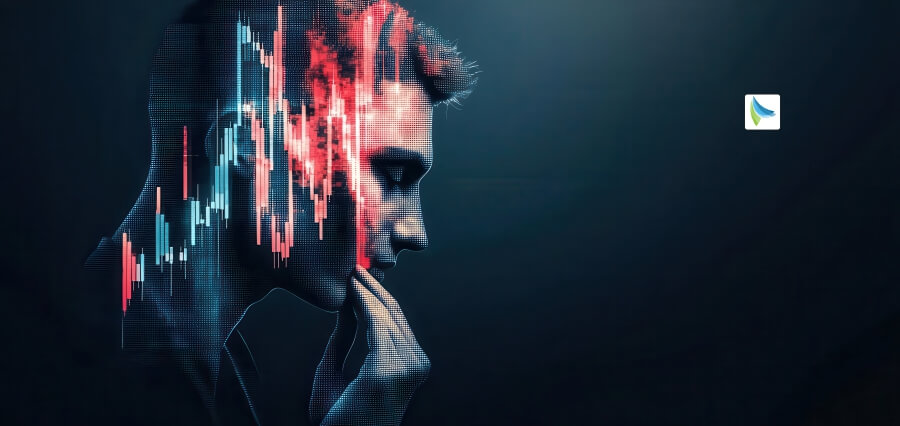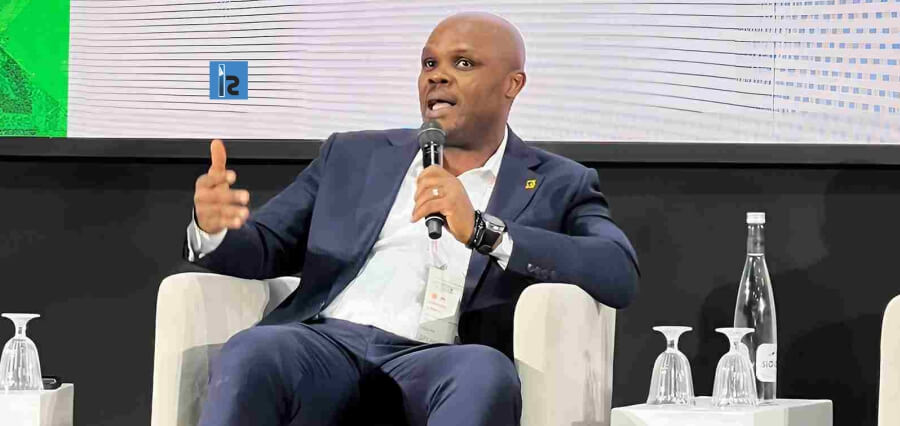The exponential technologies such as AI, machine learning, Augmented Realities, Virtual Realities, etc. are creating endless opportunities for the businesses as well as human mankind. The only need is to recognize the potential of these technologies and put it into practice. Many leaders have been successful in doing the same. Amongst those, one is Simon Lajboschitz, the Cofounder and CEO of Khora.
After 7 years of experience as a Brand and Concept Leader in the retail industry, Simon Lajboschitz decided to join forces with Peter Fisher, who had been producing Virtual Reality content on his spare time for a few years in Copenhagen, and together founded Khora. The company was founded under the mission of exploring the possibilities of immersive technologies and how they can add value to society.
As the CEO, Simon finds himself planning and managing the team’s daily business development efforts, securing strong collaborations with partners in multiple fields, and inspiring everyone In an interview with Insights Success, Simon shares his valuable insights on how the company is pushing to expand this technology’s potential and integrating people of all ages and walks of life who share a common interest in this emerging technology.
Below are the highlights of an interview:
How do you diversify your organization’s solutions that appeal to your target audience?
The versatility of the technology enables Khora to work with multiple industries. This does not mean that we end up being experts within all of the industries that we work with, but we rely on collaborations with our clients. We are experts in the medium, by knowing its language and having a strong grasp of what the technology can do, while being backed by a strong technical team Khora is able to find flexibility in answering multiple clients’ challenges. For example, our Pain Distraction project with the Central Hospital in Copenhagen (Rigshospitalet) was only possible due to the strong collaboration that we had with the Center for Pediatric Pain Knowledge at the hospital. They were aware of the challenges that nurses often encountered when performing routine medical procedures (e.g.: inserting an IV), and we were aware of the technical possibilities of the medium. Together, we developed a VR Pain Distraction tool for nurses to use with children aged 6-12 and is currently being used in 6 hospitals in Scandinavia.
Describe some of the vital attributes that every best performing CEO should possess.
I believe that it is important that a CEO is capable of jumping between macro and micro levels with ease. Being able to look at the organization from a bird’s eye view to make sure that the company is steering towards its vision while remaining true to its mission. And at the same time being able to cover small detail aspects of the business, which provide vital support to the daily operations.
Explain how your strategies are helping employees to bridge the gap between idea and execution.
Being in a creative & tech industry, it is important that we facilitate internal exchange of inspiration and knowledge on the latest updates of the tech so that everyone in the company is feeling confident in finding executable ideas for our clients. At the same time it is important that we give our employees the creative freedom and autonomy that they need to excel and provide that extra value to our clients. This is transversally seen in our collaboration with renowned contemporary artists on Virtual Reality art pieces, and also in our commercial collaborations, such as a project we did with HK – one of the largest labor unions in Denmark – where we developed a VR simulation of an exam to help students cope with exam anxiety and the autonomy that the team had to work closely with the client paid off with a great production and a happy client.
Where does Khora sees itself in the near future and how do you plan to sustain its competency?
We see a lot of potential in the healthcare market, where we are pushing towards working together with specialists in the mental illnesses field and create scalable solutions. We have recently been working closely with psychotherapists in the creation of an exposure therapy tool for people with fear of flying and other phobias, which are now in clinical trials. These projects are helping us become trusted partners within the healthcare field due to our experience and way of working in the area. In the near future we will be working on larger scale projects for other mental illnesses.
What advice would you like to give to the young minds?
“If you have an idea, figure out a way to test it with the tools and resources you have available and go from there. Don’t intellectualize it. It belongs to the world.”



















